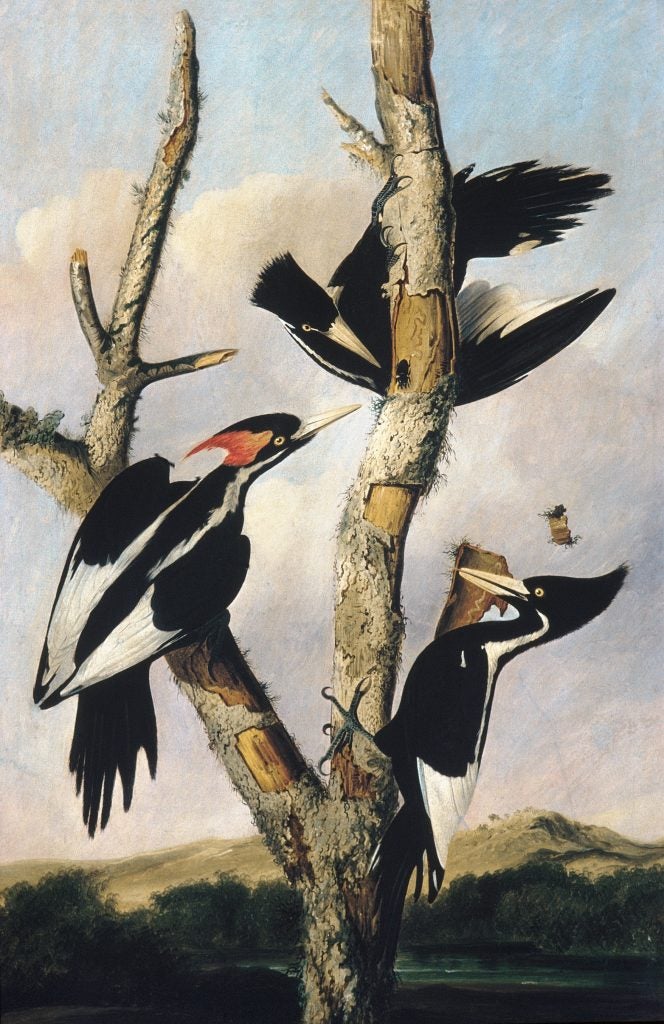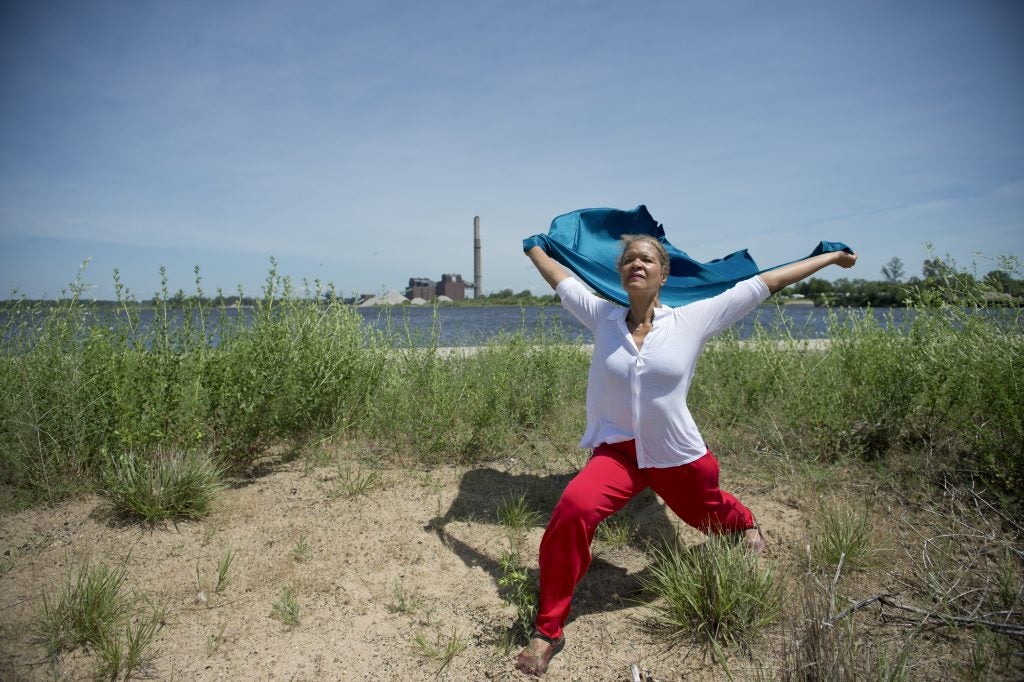“Cauliflower Heads,” by Francine Prose
Europe was crawling with adulterous couples. Mostly, for some reason, one saw them at ruins, respectfully tripping over the archeological rubble. Just like regular tourists they seemed to be under some terrible strain, but unlike regular tourists they hardly looked at anything, so that when, say, a lizard streaked across their path, they’d jump and fall into each other with apologetic smiles, more like awkward teenagers than adults risking the forbidden.
“Cauliflower Heads,” by Francine Prose Read More »
Europe was crawling with adulterous couples. Mostly, for some reason, one saw them at ruins, respectfully tripping over the archeological rubble. Just like regular tourists they seemed to be under some terrible strain, but unlike regular tourists they hardly looked at anything, so that when, say, a lizard streaked across their path, they’d jump and fall into each other with apologetic smiles, more like awkward teenagers than adults risking the forbidden.







